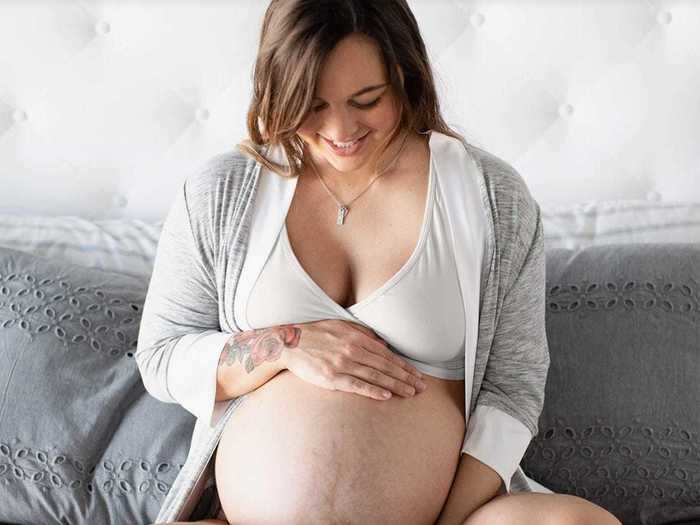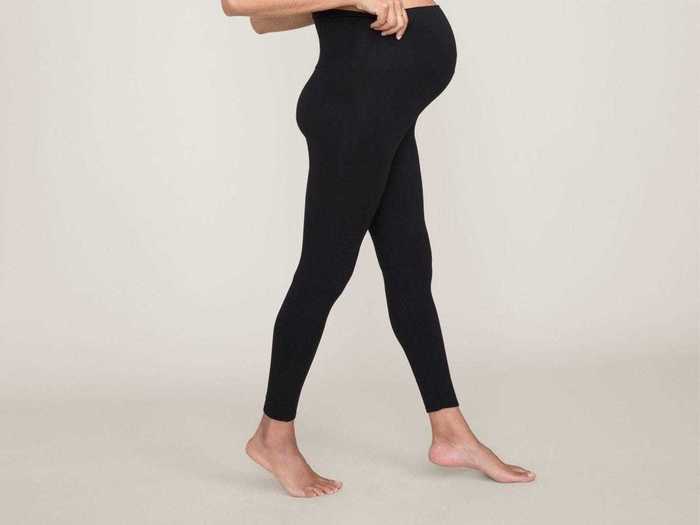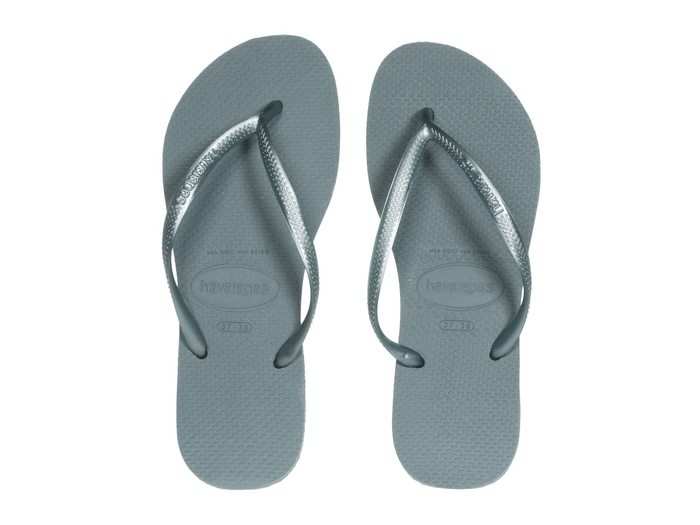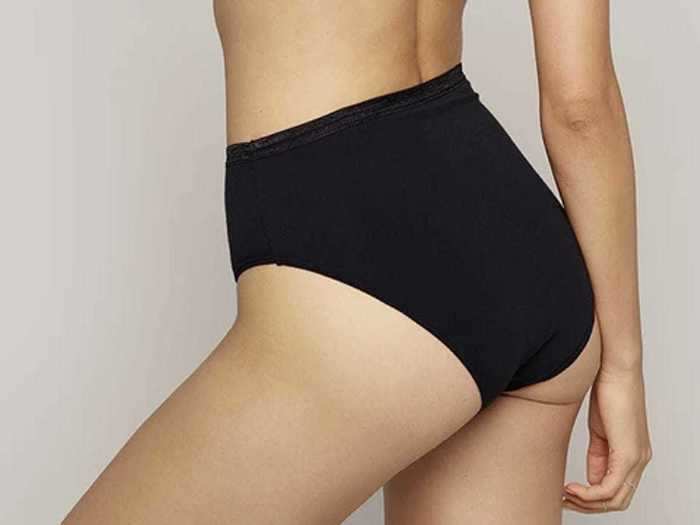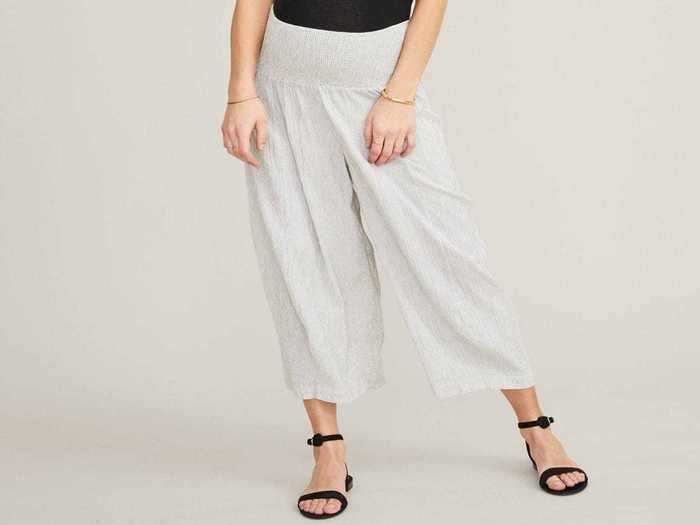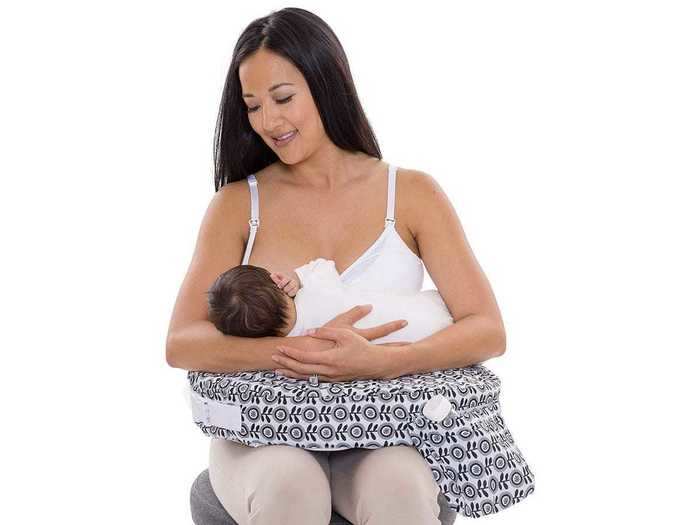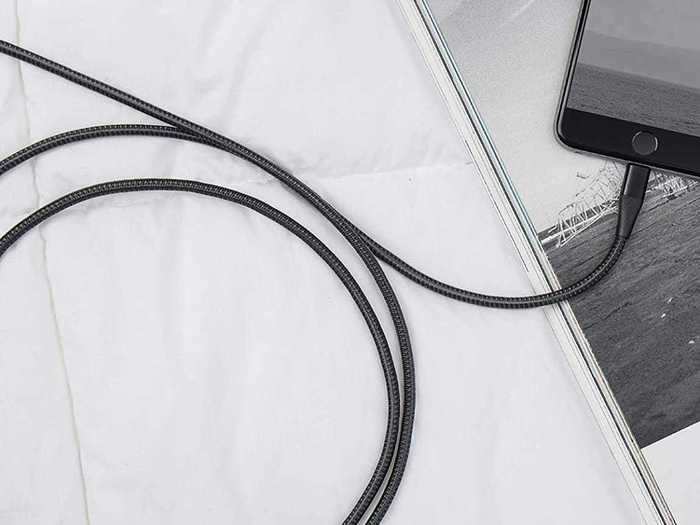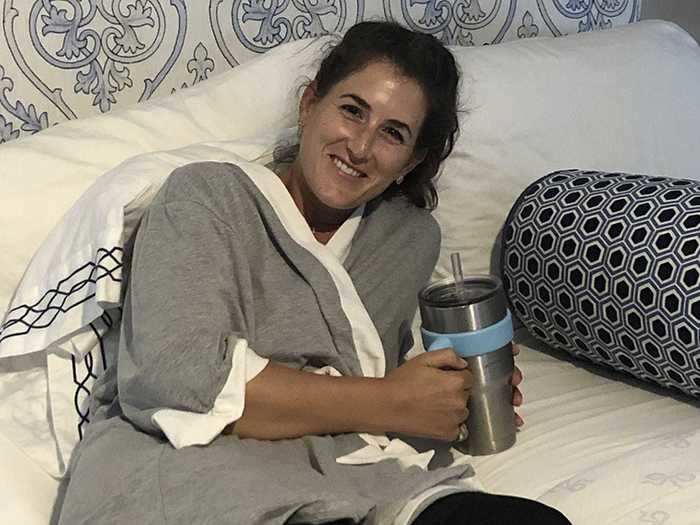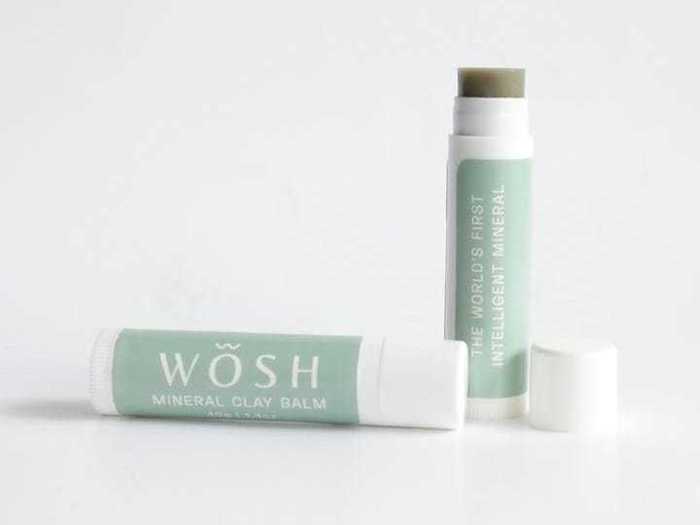Getty Images
When you buy through our links, we may earn money from our affiliate partners. Learn more.
- It's a good idea to have your hospital bag packed with everything you'll need after giving birth in advance of your delivery date in case the baby arrives early.
- We spoke with Morgan Michalowski, certified nurse midwife (CNM), WHNP-BC, and IBCLC, and Nancy DeGennaro, a CNM at Yale New Haven Hospital, to get some advice on what to pack.
- Depending on your needs, you may want to bring a robe, flip-flops, a nursing bra and pillow, a big water bottle, and other essentials.
As your due date approaches, you'll want to start thinking about packing your hospital bag. Consider having one ready by 36 or 37 weeks in case your baby comes early.
My advice for packing is this: Stick to what you know you'll actually need and let how you live your life on a regular basis influence what you pack. Most hospitals and birth centers provide the basic necessities, but if there's anything at home that makes you feel more at ease, it can't hurt to bring it with you. It's likely that you'll be staying away from home for 24 hours if you have an uncomplicated vaginal delivery or up to five days if you have a C-section.
These are the 10 essentials that I recommend packing in your hospital bag:
- A button-up nightgown or robe for easy nursing
- Comfortable nursing bras or tank tops
- Stretchy joggers or leggings
- Flip-flops or slip-on shoes
- High-waisted underwear
- A going-home outfit
- A supportive nursing pillow
- A phone charger with a long cord
- An extra-large water cup
- A moisturizing lip balm
And don't forget necessities like your birth plan, insurance card and ID, glasses and/or contacts, toiletries, and a car seat for your baby.
"With COVID, you want to limit bringing items into the hospital that you can't wash," Morgan Michalowski, CNM, WHNP-BC, and IBCLC says. "Consider bringing a plastic bag to safely transfer clothes home from the hospital so that you can wash them right away, and separately from the baby's clothing."
Ultimately, though, giving birth is the important thing to focus on — it's natural to want to feel prepared, but don't let your hospital bag be the thing that sends you into a tizzy. If you forget something you truly need, you can send someone to get it once the baby makes their arrival. There aren't many material goods that you can't birth your baby without. They are coming out, whether you've got your favorite pillow or not.
A button-up nightgown or robe for easy nursing
Brooklinen
Typically, I'm not a nightgown kind of a gal, but I didn't feel like wearing pants at all after giving birth. I needed to make a lot of trips to the bathroom to change my ice packs and maternity pads while in the hospital and a nightgown made that so much easier.
Wearing one with buttons down the front also made it easier to nurse my baby while staying comfortable and covered. Alternately, some moms love to lounge in a robe that allows the same easy access for breastfeeding and hobbling to the bathroom.
Comfortable nursing bras or tank tops
Kindred Bravely
If you plan to breastfeed, bring a nursing bra or two so you can begin practicing getting the panel on and off while you've got the nurses and in-house lactation consultants to assist you. Learning to breastfeed takes about eight hands, so get something comfortable, adjustable, and easy to move around. You'll also want something with some stretch because your breasts will fill and grow after a few days as your milk starts to come in. If you've decided not to breastfeed, be sure to pack a supportive sports bra instead.
Stretchy joggers or leggings
Hatch
Personally, I wasn't ready to wear leggings while in the hospital so I stuck to PJ's and joggers, but some women are. Either way, you'll want something soft and gentle, without any buttons, and with a looser fitting waistband. If you've had a C-section, look for high-waisted pants that can go above your incision and won't irritate it. Joggers are a great option because they're a little looser than leggings in the pelvic area, which means if you're wearing a maternity pad or an adult diaper, it won't show.
Flip-flops or slip-on shoes
Zappos
My feet were a bit swollen from pregnancy and from my epidural after delivery, so I wore these flip-flops anytime I wanted to leave bed while in the hospital. I wore them to walk to and from the bathroom, while in the shower, and I even wore them on the drive home. If you're looking to reduce the number of things you're bringing, any kind of slide-on shoe that can get wet is a great option. If you're not comfortable in flip-flops, shower sandals can serve the same three purposes.
High-waisted underwear
Knickey
Some people swear by the hospital underwear, and it definitely serves its purpose, but I maintain that you'll be much more comfortable in your own undies. The birthing center where I gave birth had a boy-short style, which moved around too much to be comfortable, so I relied on these high-rise briefs from Knickey at the hospital and once I got home. They are made from certified organic cotton and free from toxic chemicals, which felt important to me after delivering a baby. Be sure to order in a dark color to disguise any stains.
A going-home outfit
hatch
Even though the baby is out of your belly, plan to look and feel about five months pregnant when you head home, and for the first few weeks. You'll want comfy pants to ride home in the car in and that you won't want to take off when you climb back in bed the second you walk through the door.
If you're nursing or practicing skin-to-skin, consider wearing a V-neck or button-front shirt on the way home for easy access. Otherwise, grab your favorite loose-fitting shirt.
A supportive nursing pillow
Amazon
If you plan on nursing, bring your nursing support pillow with you to the hospital or birthing center. The nurses and in-house lactation consultants can show you how to position your baby properly so you'll be a pro by the time you get home.
Hospital pillows don't always offer the right support, and I remember needing about six of them to get the same kind of support this one My Brest Friend pillow offered. I love that that this one straps on, so once it's in place, you can wear it all day. As a bonus, it has a pocket on the front for your nipple cream, phone, and snacks.
A phone charger with a long cord
Amazon
Your hospital room will have some outlets, but they might be across the room from your bed, where you'll probably be posted for most of the day. It's a great idea to get a phone charger with extra-long cord for you and an extra one if you have a birthing partner with you. It will keep your phone charged and ready for video calls with friends and family, and for all those pictures you'll be snapping of your sweet new baby.
An extra-large water cup
Anna Glennon/INSIDER
For the first two days after delivering my daughter, I wasn't terribly hungry, but I was very thirsty. Nancy DeGennaro, a certified nurse midwife at Yale New Haven Hospital said this makes sense.
"A woman's blood volumes shift significantly during pregnancy and continue to shift after she's given birth," said DeGennaro. "After you've delivered your baby, your body is trying to figure out how to get rid of that extra blood volume so you're sweating, you're peeing, and you're starting to make milk. All of this can make you very thirsty."
The birthing center where I delivered offered me a pitcher for water along with teeny tiny little cups that did not help my post-delivery thirst. My husband and I brought two of these Yeti Tumblers with us. He always kept one full of water and one with coconut water. The straws and handles, which can be purchased separately, made them super easy to grab and sip from even while I was nursing.
A moisturizing lip balm
Wosh
Hospital air is dry, and it will chap your lips. This lip balm from Wosh keeps your lips hydrated, has no added colors, parabens, or phthalates, and it applies in a thick, nonsticky layer. After a vaginal delivery, you may find that your lips are stretched and dry from pushing after sweating in the dry hospital air.
Even with a Caesarean delivery, you may find this is the case from the hormonal changes and dry air. Lip balm is especially essential for moms who have had a C-section as the oxygen from the oxygen mask can dry out your lips. For those who like their lip balm extra-thick, go with Aquaphor to soothe the dryness.


